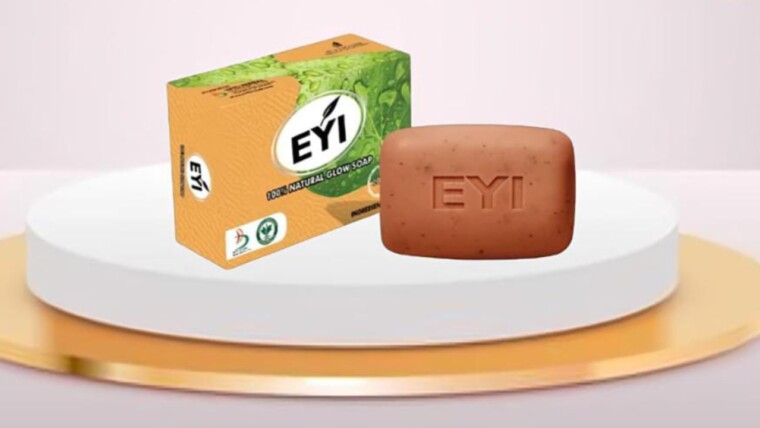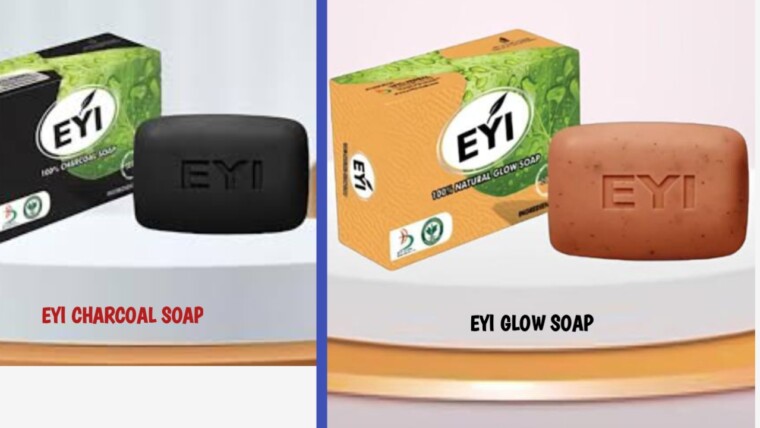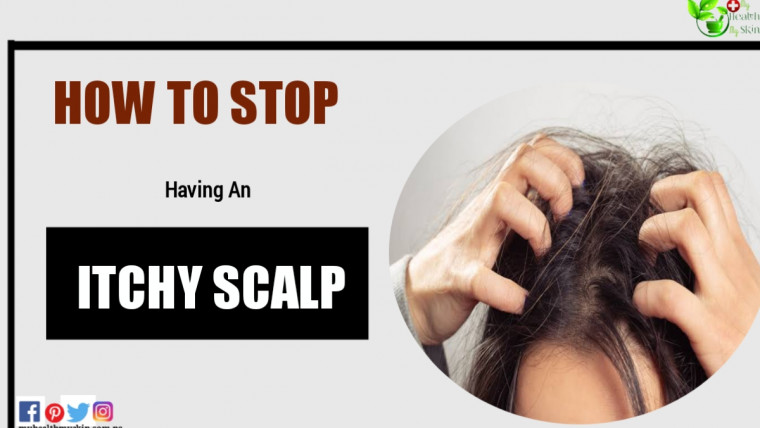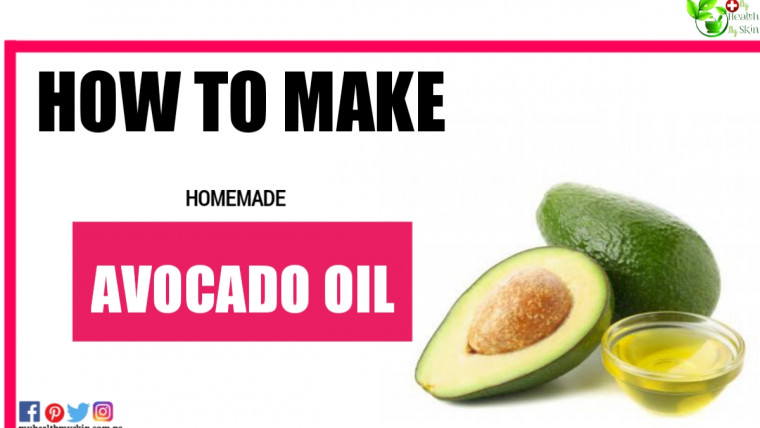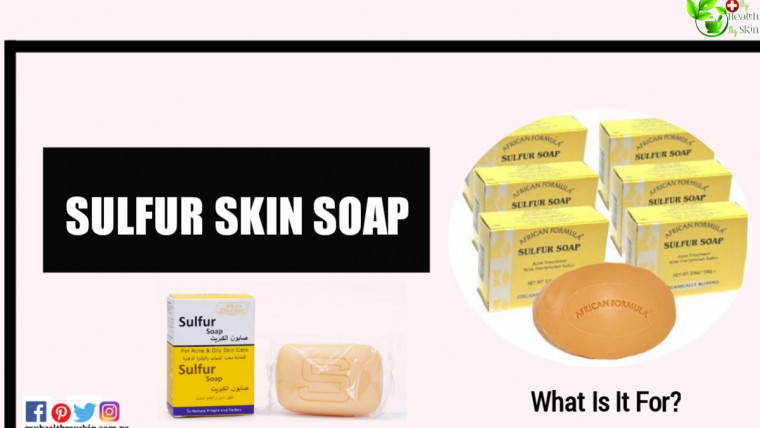Dark spots appear with age and exposure to sun and pollution. Discover our solutions on how to lighten dark spots on your face and skin.
Dark spots are hyperpigmented areas of skin that range from light brown to dark brown. They are also called age spots or lentigo solaris.
In reality, it is damage to the skin caused by a combination of factors including prolonged exposure to the sun, pollution and age.
To remedy pigmentation disorders, dermatologists have a whole range of medical treatments available.
These range from topical medications to light treatments to peels.
On this page, you will discover 4 solutions to lighten your dark spots.
We start with one of the most recognized and prescribed dermatological treatments for hyperpigmentation: the Kligman trio.
[lwptoc]
How To Lighten Dark Spots On Your Face

Solution #1: The Kligman Trio
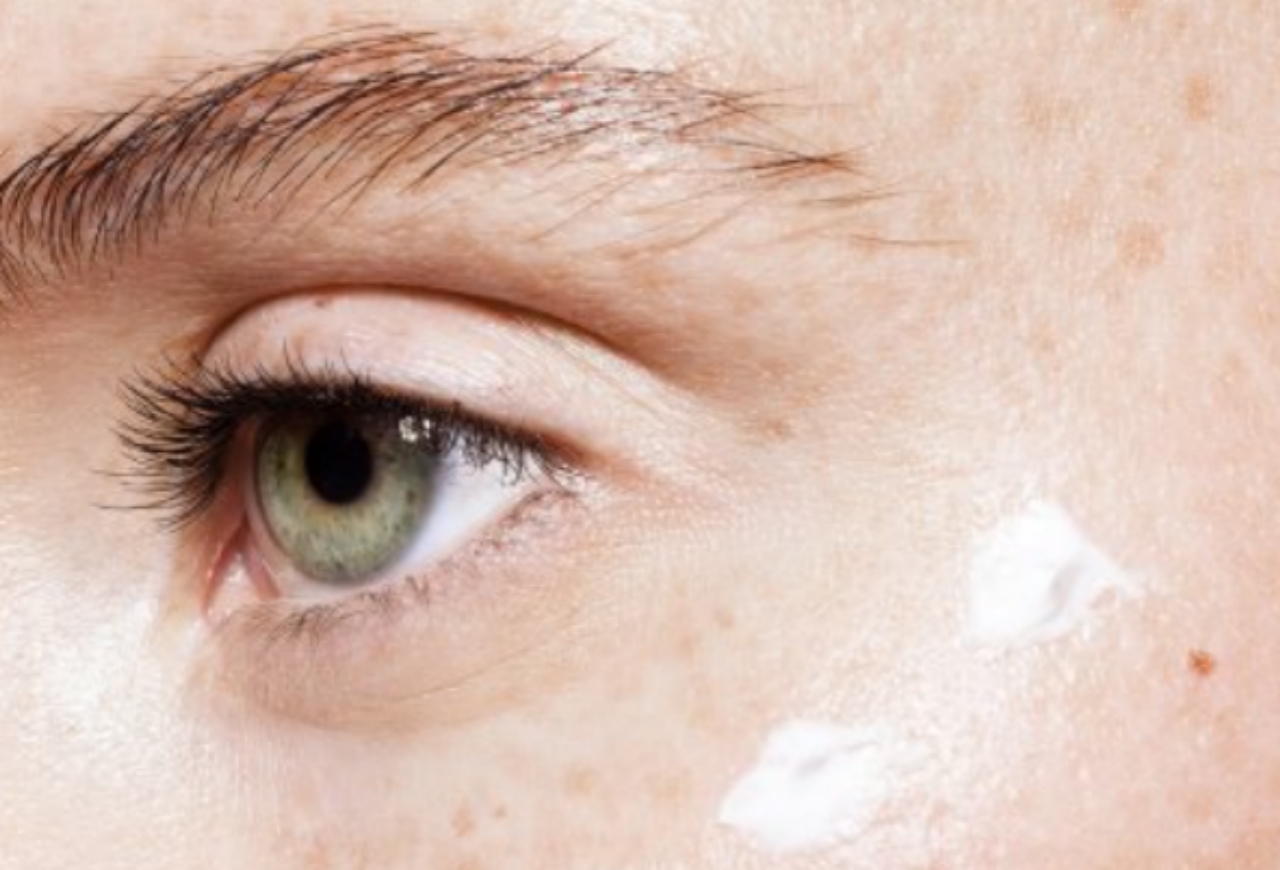
To fight against brown spots, Dr. Albert Kligman has developed a formula based on the association of 3 components with a unique synergy.
Hence the name “trio” of Kligman. Kligman combined hydroquinone, hydrocortisone and retinoic acid.
Together, they have a targeted depigmentation power on the different stages of the melanin cycle (skin pigmentation).
Here’s how each of these 3 agents works on the skin to fade dark spots:
- Hydroquinone lightens the skin by reducing melanin production;
- Hydrocortisone has an anti-inflammatory action which limits the skin’s immune response and increases its tolerance threshold to treatments;
- Retinoic acid accelerates cell renewal in the skin, which allows faster elimination of hyperpigmented cells.
The effects of depigmentation appear after 3 to 5 weeks of treatment, with an optimal result after 5 to 7 weeks.
Kligman’s trio is one of the most effective ways to remove dark spots.
However, dermatologists limit the use of this treatment to 8 weeks twice a year. Indeed, the power of active ingredients represents a real stress for the skin.
This solution may cause irritation and sensitivity. Moreover, it does not exclude a recurrence of brown spots.
Solution #2: Hydroquinone
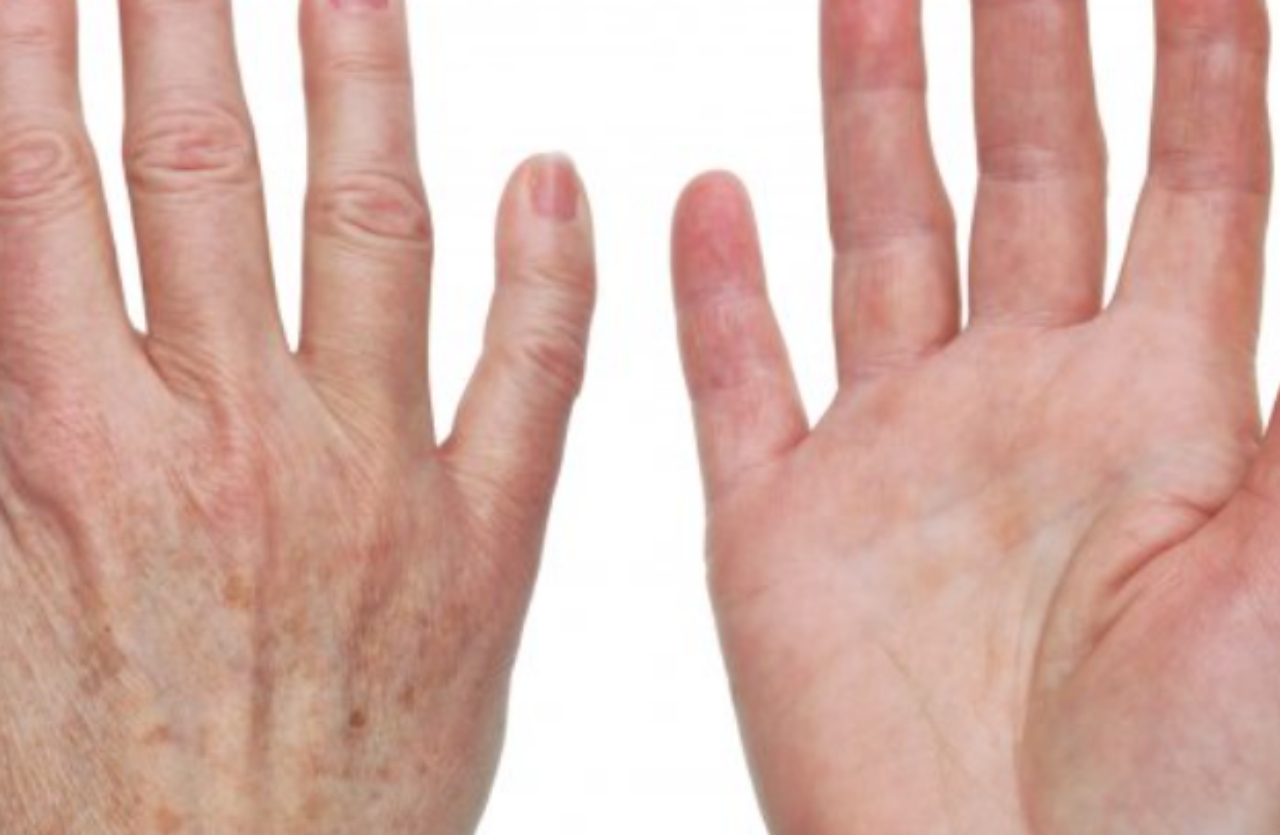
Used alone, hydroquinone has a depigmenting action, even if the results are less marked than when combined with the other 2 agents mentioned in the previous solution.
It was the German scientist Oettel who discovered the power of this substance by noting that the coat of black cats lightened when a few drops of hydroquinone were added to their bowl of water.
This molecule has been used for depigmenting treatments since 1961.
In Europe, products containing hydroquinone can only be administered under medical supervision.
Hydroquinone may be effective against melasma and post-inflammatory hyperpigmentation (PIH). PHIs occur following a lesion or inflammation of the skin.
The skin becomes discolored and darkened after a wound has healed and in people with acne-prone skin.
It is used in small quantities on targeted areas, twice a day for 3 to 6 months. Dosages are 2% or 4%.
This means that hydroquinone represents 2% or 4% of the product applied to the skin.
The effects are visible between 4 and 16 weeks of treatment with an exfoliation of brown spots.
Dermatologists limit the use of hydroquinone because of its side effects: contact allergies and irritation.
Solution #3: Peels Against Hyperpigmentation
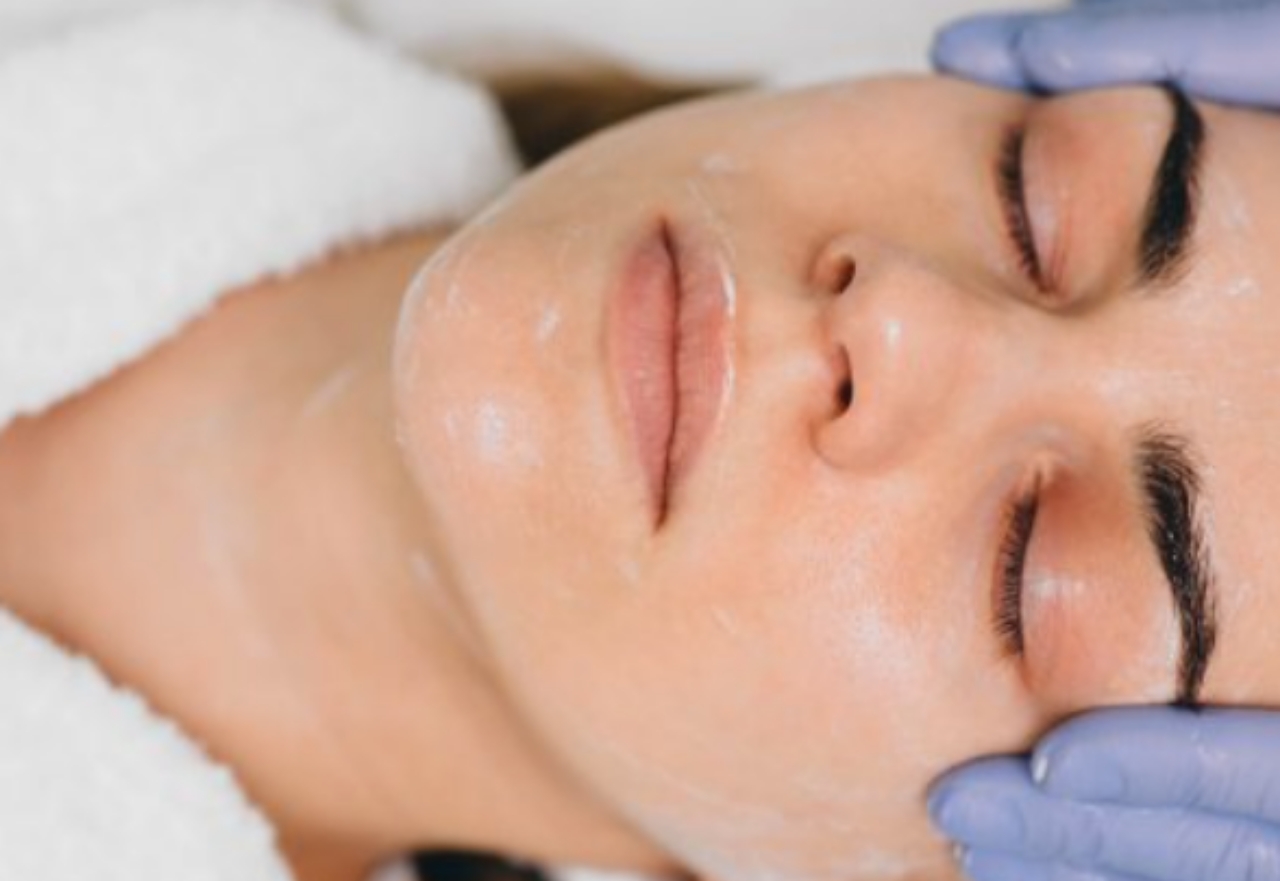
The principle of peels consists in applying a chemical substance to the skin in order to trigger the controlled elimination of the epidermis and the upper layers of the dermis.
The objective of a peeling is to improve certain pathological or aesthetic disorders.
Dermatological peels with glycolic acid are among the most common superficial peels.
They can give good results in fading dark spots. Note that there is an exception with dark skin tones. These are exposed to a risk of post-inflammatory hyperpigmentation.
Hydrophilic AHAs (Alpha-Hydroxy-Acids) are also widely used. They reduce the adhesion of skin cells to the surface of the skin.
Flaking and irritation may occur for 1 or 2 days. To those around you, you can pass them off as simple temporary redness, while waiting to proudly display your new uniform complexion.
Peels offer a wide variety of personalized solutions, in terms of concentration, pH and application time. In most cases, 4 to 6 sessions are necessary every 15 days for a global treatment.
Solution #4: Pulsed Light And Pigment Lasers
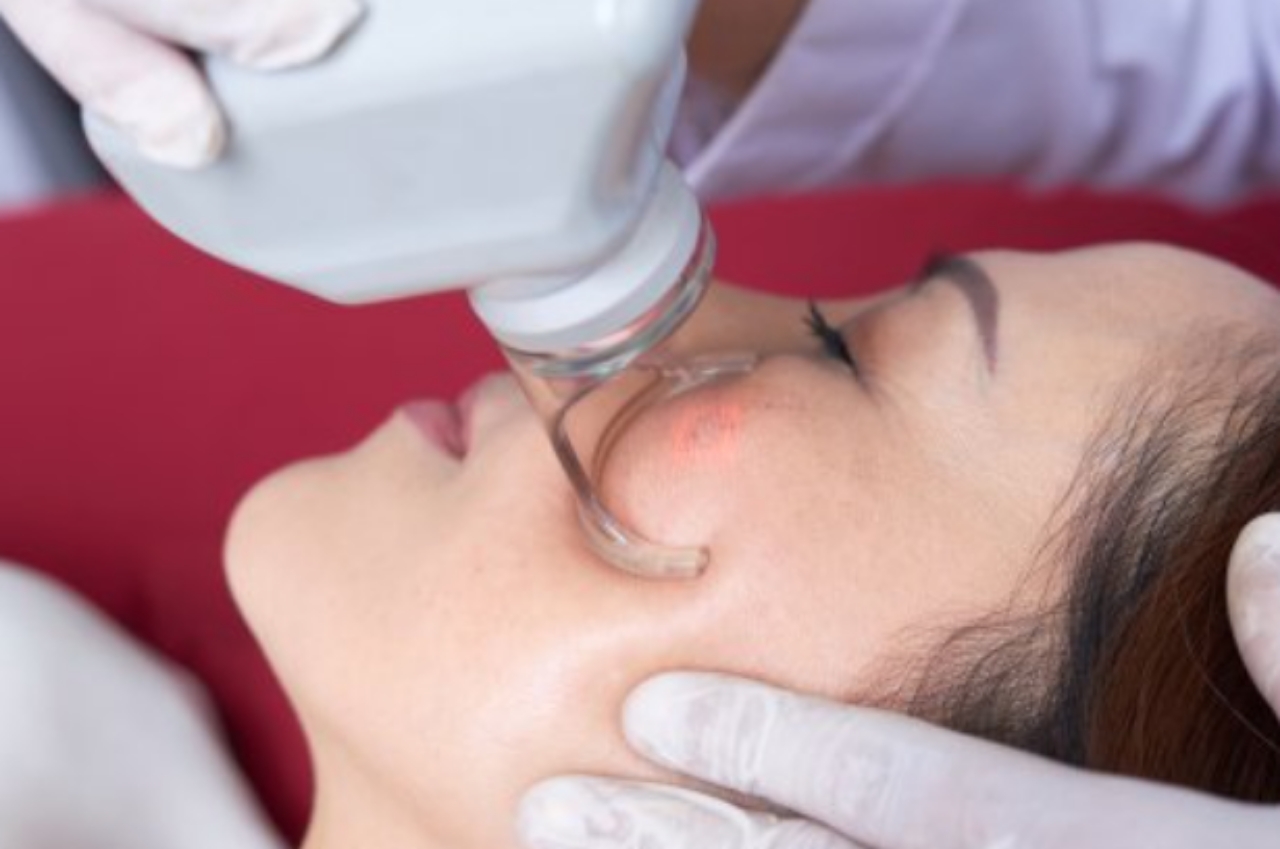
Pulsed light and lasers are among the possible solutions for certain specific cases of hyperpigmentation.
IPL (Intensive Pulsed Light) or flash lamp targets melanin to treat age spots . It is very effective on hyperpigmented spots in cases of resistant, dermal or mixed melasma.
The lasers target and eliminate melanin at the intracellular level causing inflammation of the dermis which helps to renew the skin.
But recurrences are common in cases of melasma. Worse, confetti-shaped depigmented areas or reactive hyperpigmentation may appear.
The solution: use a low-energy pigment laser to limit the risk of side effects. On the other hand, this option increases the number of weekly sessions required.
There are several treatments to promote the disappearance of brown spots and prevent their appearance. For example, you can apply a daily lightening cream to your skin.
How To Lighten Dark Spots On Your Face: And For Everyday Life?
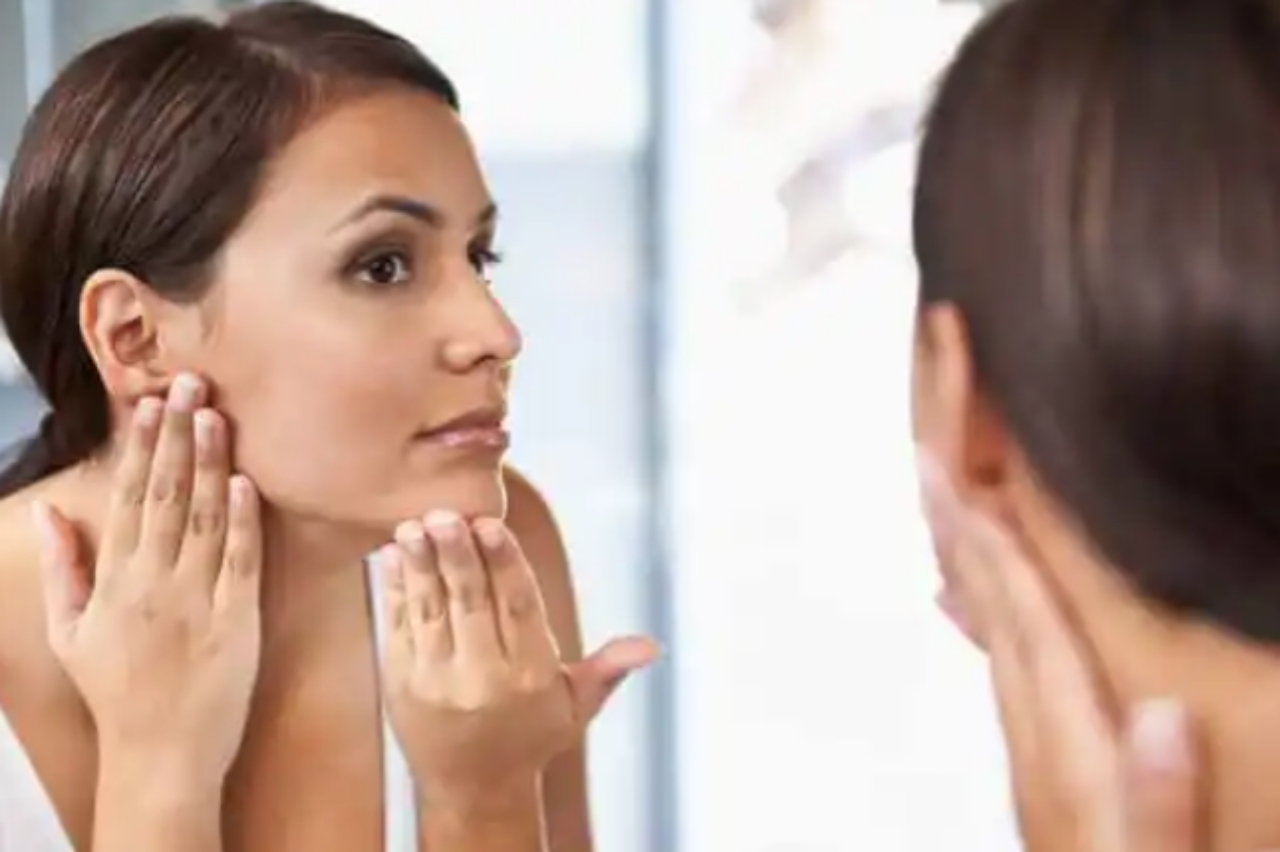
In the majority of cases, medical treatments cannot be prescribed all year round given their side effects. These treatments are not suitable for all skin types and all climates. They can sometimes cause reactions, skin irritations and present a risk of recurrence.
Outside these periods, you can prolong the effects of your treatment, soothe your skin and prevent any recurrence.
A relay treatment is then ideal to enjoy your new radiant complexion so dearly acquired! To see more post on Beauty & Skin Care click here.
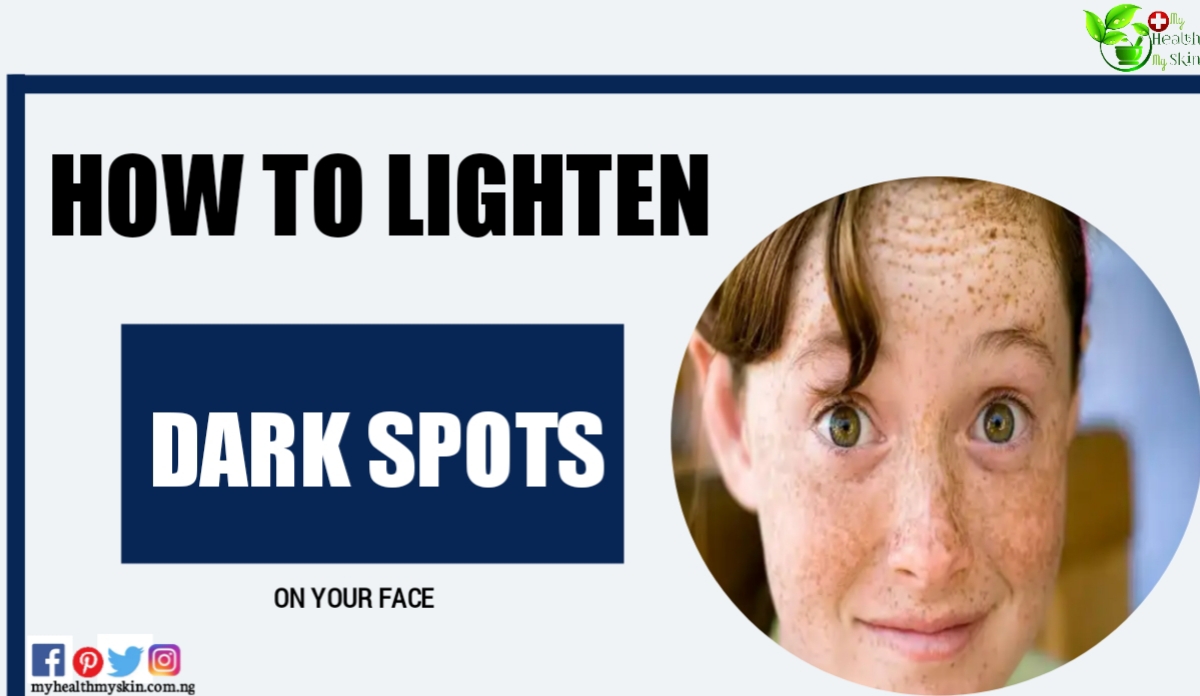
Based On Your Skin Type Have You Ever Tried Any Of These 4 Solutions On How To Lighten Dark Spots On Your Face? Comment Below!

